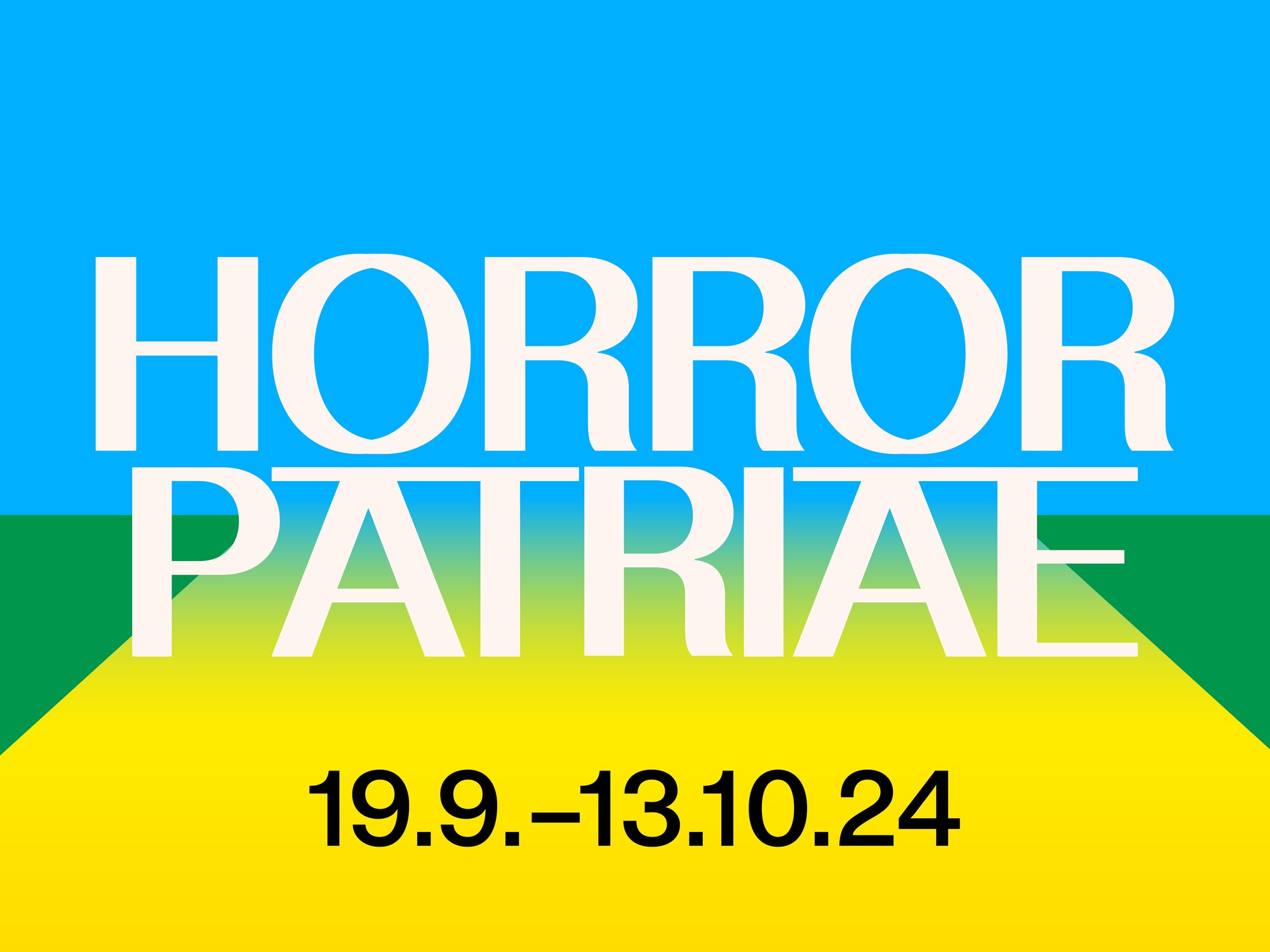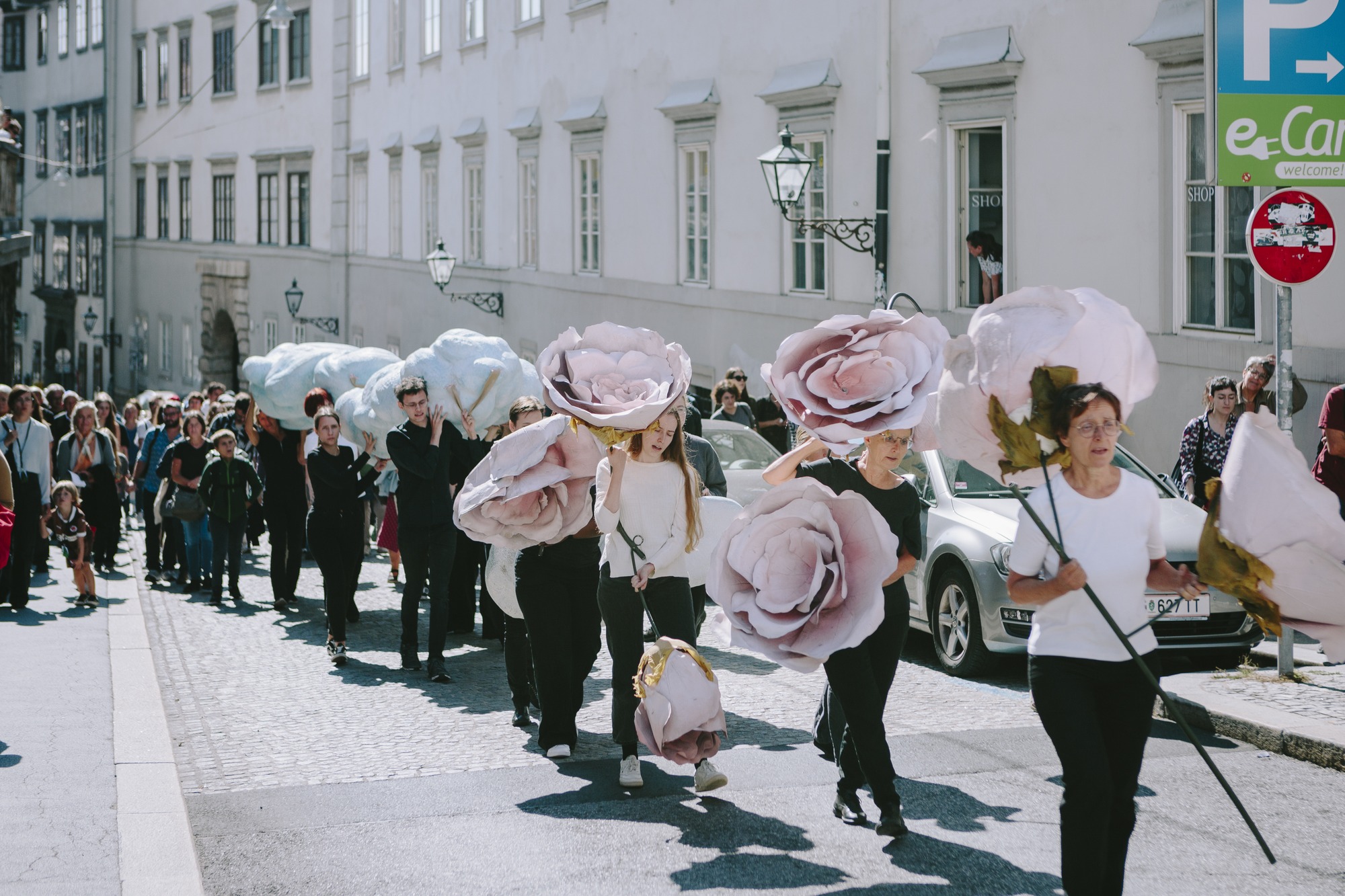Steirischer Herbst 2024
19 Sep - 13 Oct 2024

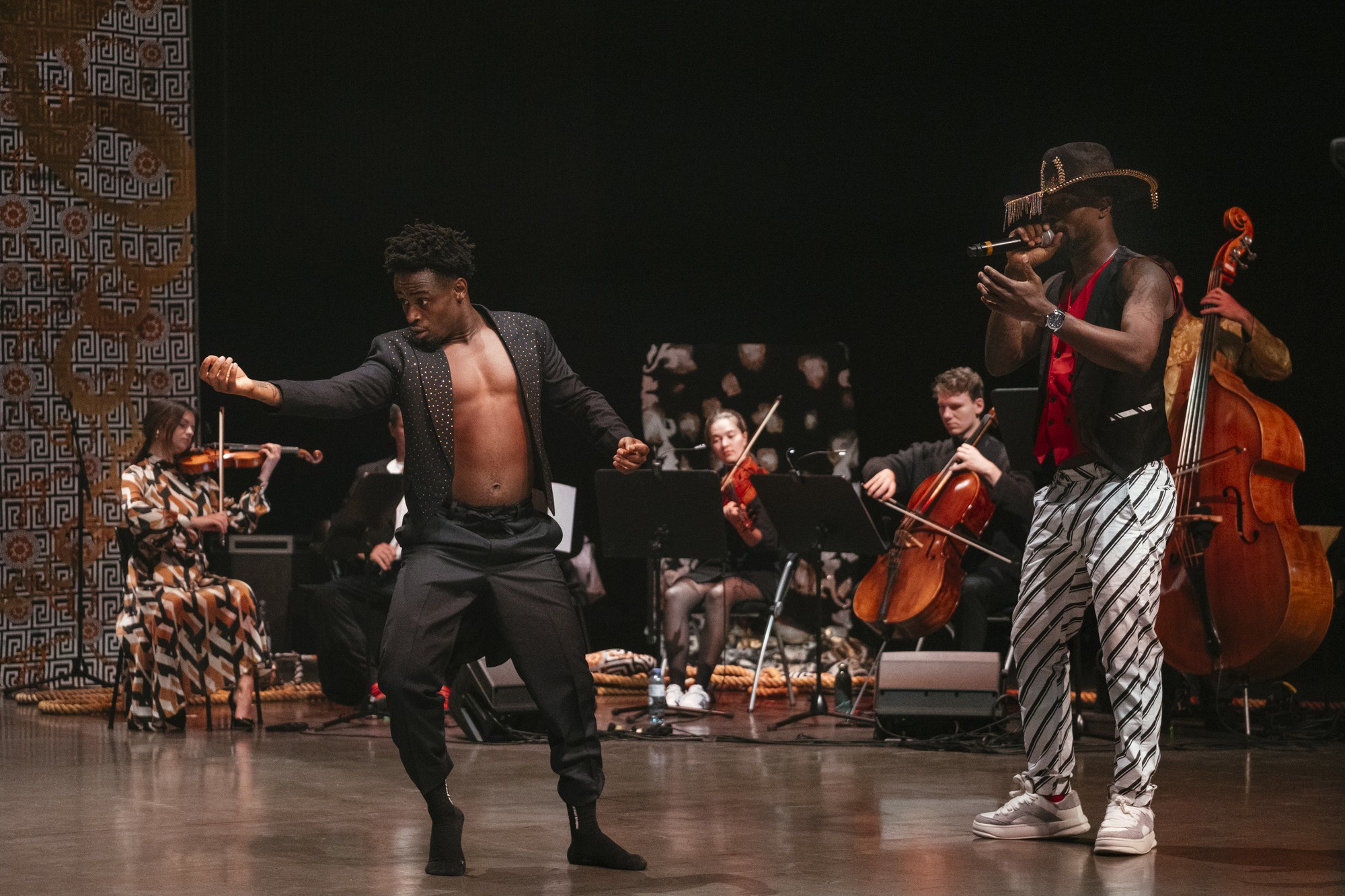

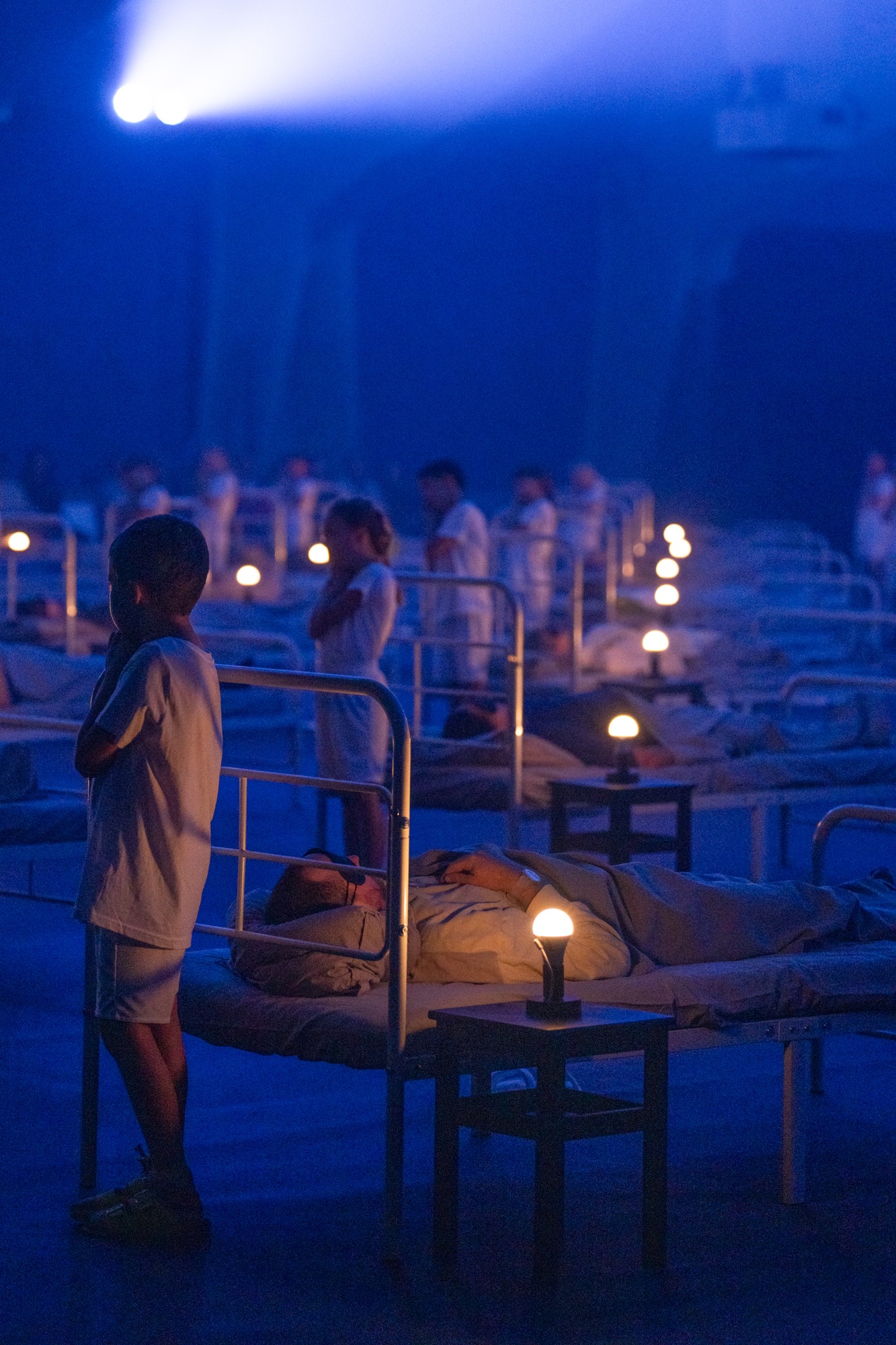
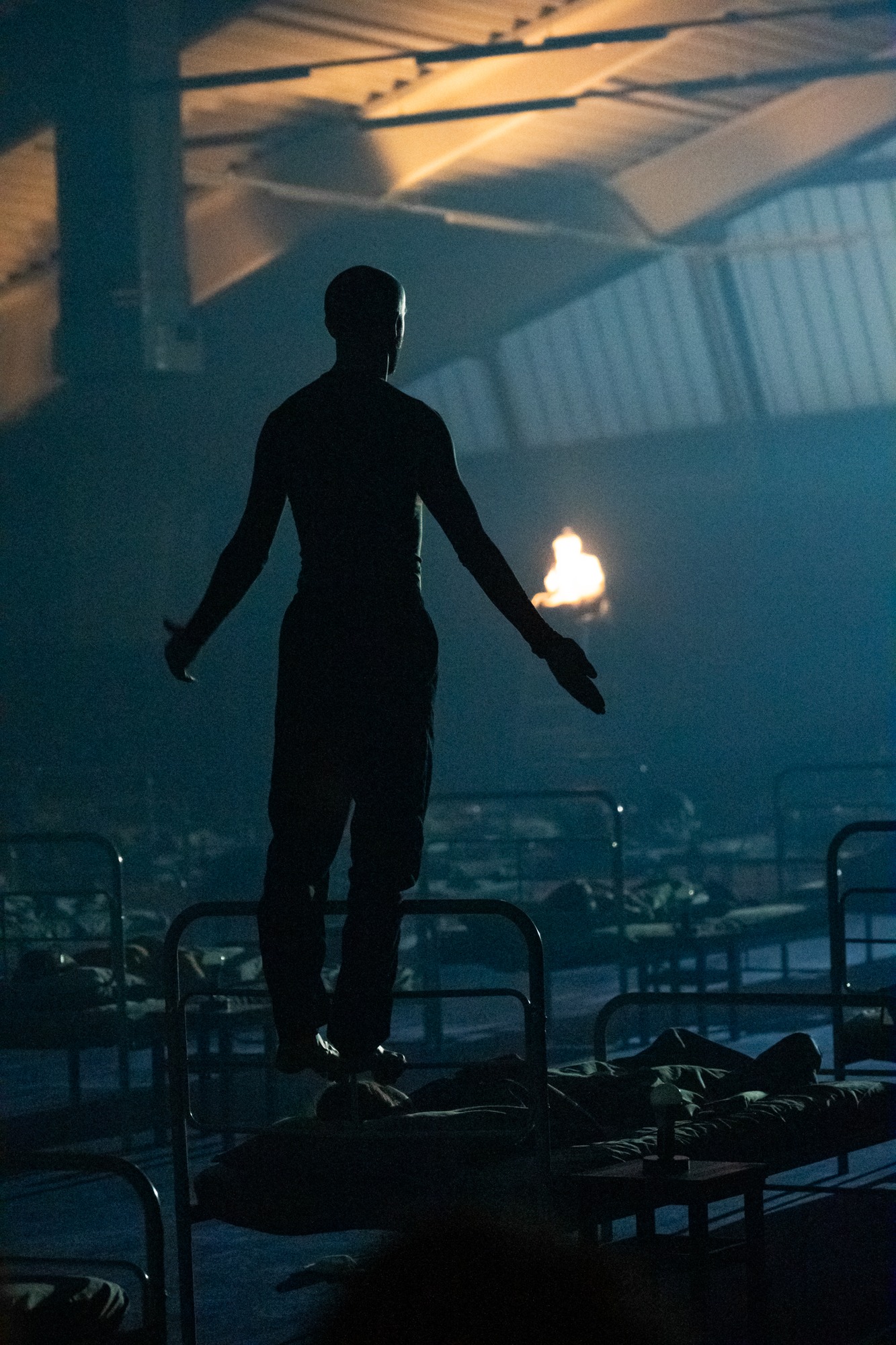

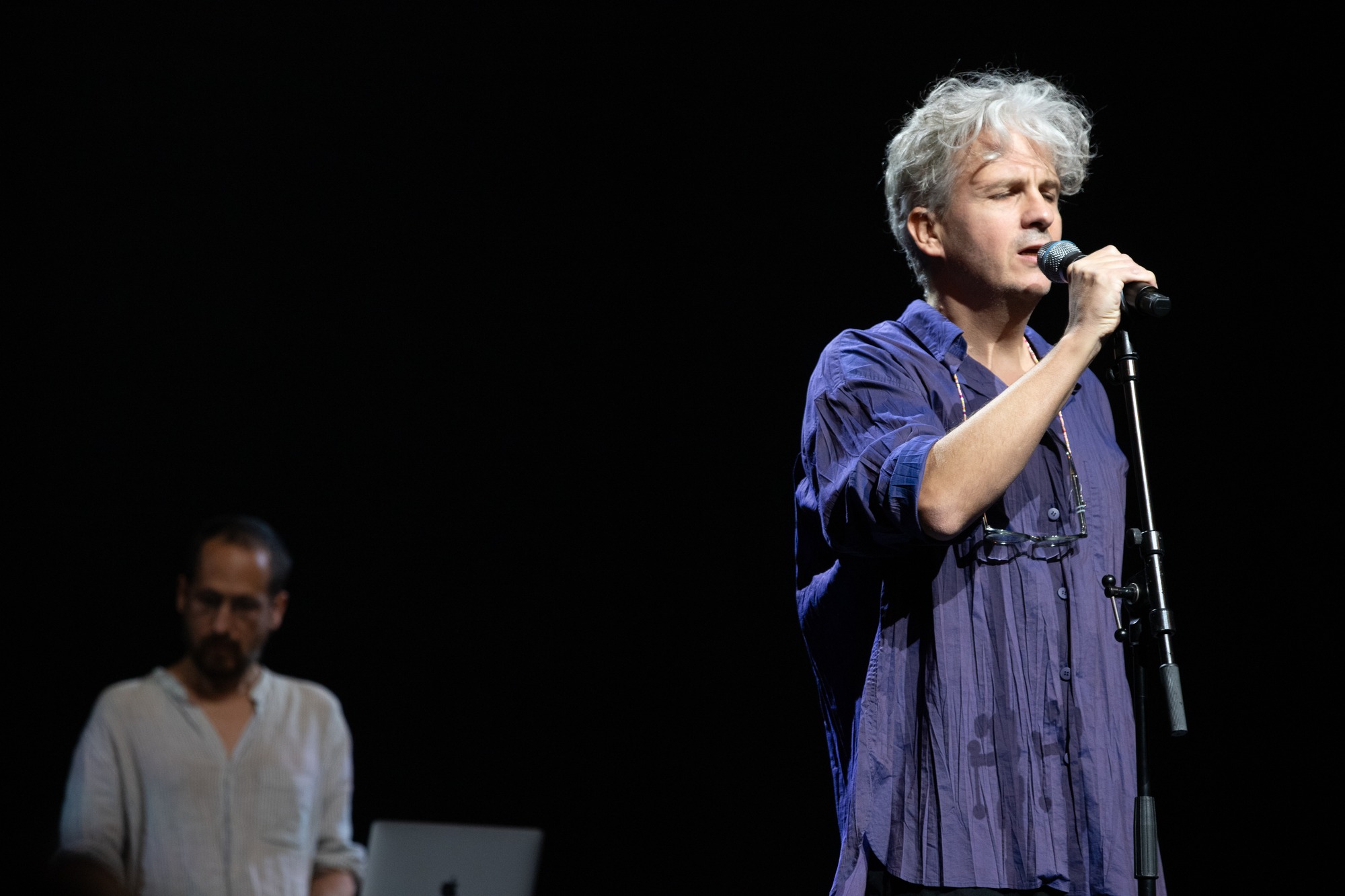
The 57th edition of steirischer herbst festival is titled Horror Patriae—a Latin title that places us at a crossroads between amor patriae, love to the fatherland, and horror vacui, the fear of emptiness. Why are homelands so horrific? Which gigantic void has caused the current rise of nationalisms, identitarianisms, and cults of roots and origins? These are being marketed by governments all over the world and normalized, even praised across the political and intellectual spectrum. Ethnicity-based nation-states are becoming the only frame of reference, while the growing polarization of societies is naturalized through the prism of “identity.” Community affiliations are expected to have a biological basis: blood and race. Mixed, hybrid, or displaced subjectivities are dismissed or openly rejected and stigmatized as discursive miscegenation or a betrayal of “one’s own.” New dissidents are emerging everywhere, and their words are silenced. That the left has succumbed to the same suicidal tribalism as the right is especially alarming.
One experiences a giant vacuum of universalist thinking, while internationalism is at times demonized as a Western ideological weapon. The logic of victimhood and retaliation prevails over cross-cultural, cross-ethnic solidarity, where stories would be shared and build a joint history based on universal human rights, conflict tolerance, and cohabitation.
Following Benedict Anderson’s famous book Imagined Communities: Reflections on the Origin and Spread of Nationalism (1983), steirischer herbst ʼ24 wants to expose the constructed, artificial character of any national identity, as well as the roots of nationalism. It aims to dismantle “authenticities” and make a case for fictitious scenarios as spaces of artistic imagination.
In this super election year—when, in Austria, the far right could once again come to power—steirischer herbst stands up against the normalized mild xenophobia that is celebrated in the shape of roots and traditions by both “large” and “small” nations and communities. The festival seeks out neglected and silenced cosmopolitan histories, cultural blends, strange encounters, and happy hybrids in the history of Graz and other places—opposing the claim of purity and representing “impure” internationalism and militant cosmopolitanism.
The central site of this year’s festival is a museum, historically a factory for nation-building and weaving semifictional national narratives. Universalmuseum Joanneum, previously called Landesmuseum (county museum), was founded in 1811 by Archduke Johann as an educational and scientific institution—roles that have expanded since. steirischer herbst’s main exhibition (a cooperation with Neue Galerie Graz) juxtaposes objects from its various collections with contemporary artists’ works, mostly new commissions. It imagines an alternative museum of national complexes and dark imaginaries organized into several departments. Staging encounters between historical narratives and contemporary issues, the exhibition delves into constructed communities’ paradoxical core and examines how grand imperial fantasies coexist with the folksy fetishization of parochial homelands.
The festival’s opening days feature a new vocal piece by Natalia Pschenitschnikova, a reinterpretation of the Austro-Hungarian operetta by the transnational collective La Fleur, as well as premieres of musical performances by Ari Benjamin Meyers and Augustin Maurs. In addition, Clara Ianni presents the work that won her the Werner Fenz Grant for Art in Public Space, while Yoshinori Niwa inhabits public space with a provocative piece directly related to the Austrian elections. Later in the program, stage productions and performances by Felix Hafner, Marta Navaridas, Franz von Strolchen, Theater im Bahnhof, and Thomas Verstraeten further develop the satirical rereading of the current political landscape. Moreover, an exhibition on a lesser-known “homeland” project of Graz-based curator Werner Fenz takes place at Forum Stadtpark.
The exhibitions and performances of Horror Patriae are accompanied by artist talks, debates, as well as six specially commissioned cabaret shows by László Göndör, hannsjana, Bernadette Laimbauer, Annina Machaz, Piotr Urbaniec, and Alex Franz Zehetbauer.
steirischer herbst ’24 is curated by Ekaterina Degot, David Riff, Gábor Thury, and Pieternel Vermoortel, assisted by Beatrice Forchini and Tobias Ihl, and created by all participating artists, speakers, and partner institutions, as well as the festival’s whole team.
Participating artists
SARNATH BANERJEE
RENATE BERTLMANN
ANNA BOGHIGUIAN
SERGEY BRATKOV
PABLO BRONSTEIN
MADISON BYCROFT
IEVA EPNERE
VALIE EXPORT
LA FLEUR
PETER FRIEDL
ROBERT GABRIS
TOMISLAV GOTOVAC
ASSAF GRUBER
FELIX HAFNER AND ENSEMBLE
JAN PETER HAMMER
THOMAS HÖRL
CLARA IANNI
JAKUB JANSA
NIKOLAY KARABINOVYCH
ALINA KLEYTMAN
DAVID KRANZELBINDER
AUGUSTIN MAURS
MÉLANGE ORIENTAL
ARI BENJAMIN MEYERS
MARTA NAVARIDAS
INGO NIERMANN AND ERIK NIEDLING
YOSHINORI NIWA
PAULINA OŁOWSKA
MICHÈLE PAGEL
HANNES PRIESCH
NATALIA PSCHENITSCHNIKOVA
ROEE ROSEN
DANIEL RYCHARSKI
FRANZ VON STROLCHEN
MARKO TADIĆ
THEATER IM BAHNHOF
HELENE THÜMMEL
PIOTR URBANIEC
THOMAS VERSTRAETEN
ANDREAS WERNER
HERBST CABARET
LÁSZLÓ GÖNDÖR
HANNSJANA
BERNADETTE LAIMBAUER
ANNINA MACHAZ
PIOTR URBANIEC
ALEX FRANZ ZEHETBAUER
ARTISTS FROM THE NEUE GALERIE GRAZ COLLECTION
AES+F
ANDRÁS FELVIDÉKI
WOLF GÖSSLER
HANS WERNER POSCHAUKO
DRAGO JULIUS PRELOG
PAOLO TESSARI
NORBERT TRUMMER
FRANCO VACCARI
AND OTHERS

